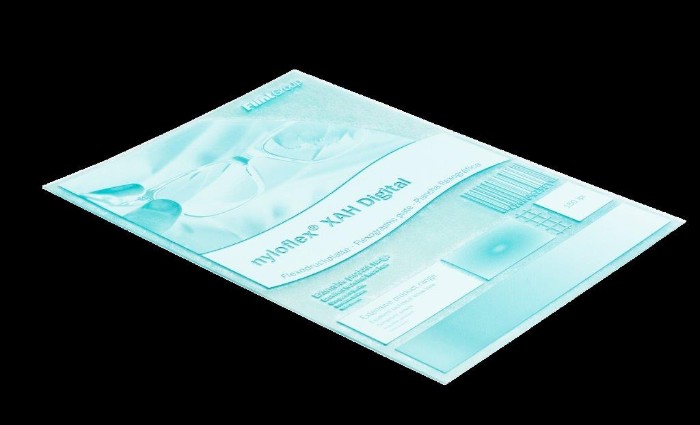Flint Group has released the nyloflex XAH Digital, a hard round top dot plate with a smooth surface, targeting the flexible packaging and label sector.
Designed specifically for use in Flint Group’s nyloflex Xpress thermal processor, the new flexographic plate uses the company’s AIF technology that keeps plates cleaner on press and results in faster print runs with fewer press stops, according to Flint Group. The company adds that plate makers can expect to achieve all of the benefits of the nyloflex Xpress thermal system such as lower operating costs, higher sustainability and the quality of a solvent processed plate, producing plates in under one hour from imaging to finishing.
P.J. Fronczkiewicz, product manager at Flint Group Flexographic, says, “Even though the market, as a whole, is rapidly moving toward inherently flat top dot plates, many of our customers are still using a substantial amount of standard digital plates with round top dots. There are also companies that have invested in flat top systems and prefer to use those systems along with surface screening to create a customised plate surface for their specific applications.
“We also incorporate our AIF technology into this plate to address the issue of plates filling in with ink during printing. This frustrating problem, which can lead to dirty print, can occur in flexible packaging printing with solvent based inks as well as with some UV inks used in the tag & label market. The advantage of AIF technology is that it provides outstanding sub-surface ink repellence to keep the plate screens and reverses clean during print runs, so printers have fewer press stops and can achieve faster press speeds.”
The nyloflex XAH Digital, a high durometer flexo plate, aims to reproduce sharp details of the finest elements, screens, text and line work for superior quality print. The plate has application with solvent-based inks and UV inks used in the flexible packaging and tag and label markets.
It incorporates a heating system that uses low energy. Flint Group says it effectively controls the temperature of the plate surface so plates don’t overheat, and it removes the need for extra components, such as a chiller or vapour handling system to deal with these effects. The company claims that plate makers can reduce the energy consumption of plate processing by up to 88 per cent versus competitive thermal systems, and up to 94 per cent compared to solvent processing, with almost no volatile organic compounds or vapours generated.


